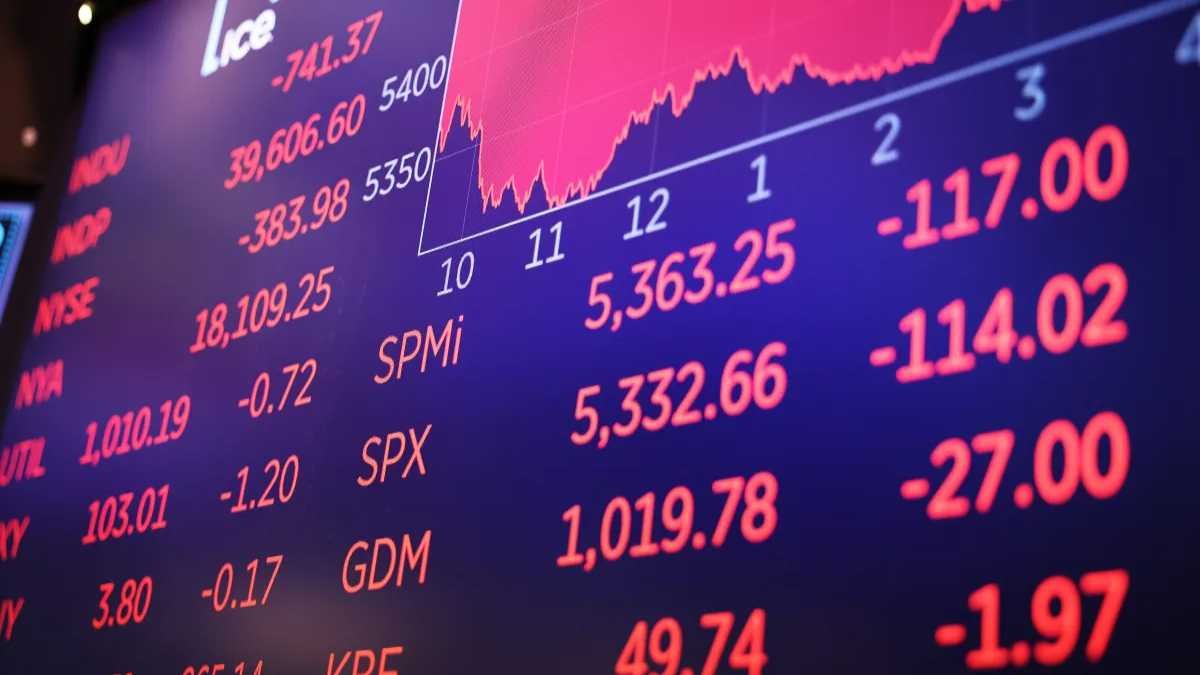Algorithmic trading, also known as algo trading or automated trading, uses computer programs and predefined rules to execute financial transactions at high speeds. It has transformed financial markets by enhancing trading efficiency, reducing human errors, and optimizing trade execution strategies.
How Algorithmic Trading Works
Algorithmic trading operates using complex mathematical models and automated processes. The key components include:
- Trading Algorithms: Predefined sets of rules based on price, volume, timing, and market conditions.
- Market Data Feeds: Real-time and historical data are analyzed to identify trading opportunities.
- Execution Systems: Automated systems execute orders instantly, reducing latency and improving efficiency.
Types of Algorithmic Trading Strategies
- Trend Following Strategies: Algorithms use moving averages, momentum indicators, and historical price patterns to identify trends and execute trades accordingly.
- Arbitrage Strategies: These strategies exploit price differences of the same asset in different markets for risk-free profits.
- Market-Making Strategies: Algorithms place both buy and sell orders to profit from bid-ask spreads.
- Statistical Arbitrage: Uses statistical and machine learning models to identify short-term pricing inefficiencies.
- High-Frequency Trading (HFT): Involves executing thousands of trades per second using ultra-fast networks.
Advantages of Algorithmic Trading
- Speed and Efficiency: Automated systems can execute trades within milliseconds, reducing latency.
- Reduced Transaction Costs: Efficient order execution minimizes trading costs and slippage.
- Elimination of Human Emotion: Decisions are based on logic and pre-set conditions, avoiding emotional biases.
- Increased Market Liquidity: Algo trading enhances liquidity by narrowing bid-ask spreads.
Challenges and Risks of Algorithmic Trading
- Market Volatility: Sudden spikes or crashes can be amplified by high-frequency trading algorithms.
- Regulatory Compliance: Stricter regulations require firms to ensure transparency and risk management.
- Technological Risks: System failures, network delays, and cybersecurity threats can disrupt operations.
- Over-Optimization: Excessive reliance on past data may lead to model inaccuracies in real-time trading.
Regulatory Framework for Algo Trading
Regulatory authorities worldwide have implemented measures to monitor algorithmic trading practices:
- SEC and FINRA (USA): Require fair trading practices, disclosures, and surveillance to prevent market manipulation.
- ESMA (Europe): Enforces stringent rules under MiFID II to regulate high-frequency trading.
- SEBI (India): Mandates risk control measures for algorithmic trading firms.
Future Trends in Algorithmic Trading
- AI and Machine Learning: Advanced AI models will enhance predictive accuracy and adaptive trading strategies.
- Blockchain and Smart Contracts: Decentralized trading mechanisms will improve transparency and security.
- Quantum Computing: The future of algorithmic trading may leverage quantum processing for ultra-fast computations.
Algorithmic trading continues to evolve, reshaping financial markets with technological advancements. While it offers significant advantages, traders and institutions must navigate regulatory, technological, and market challenges to optimize their strategies and maintain financial stability.



